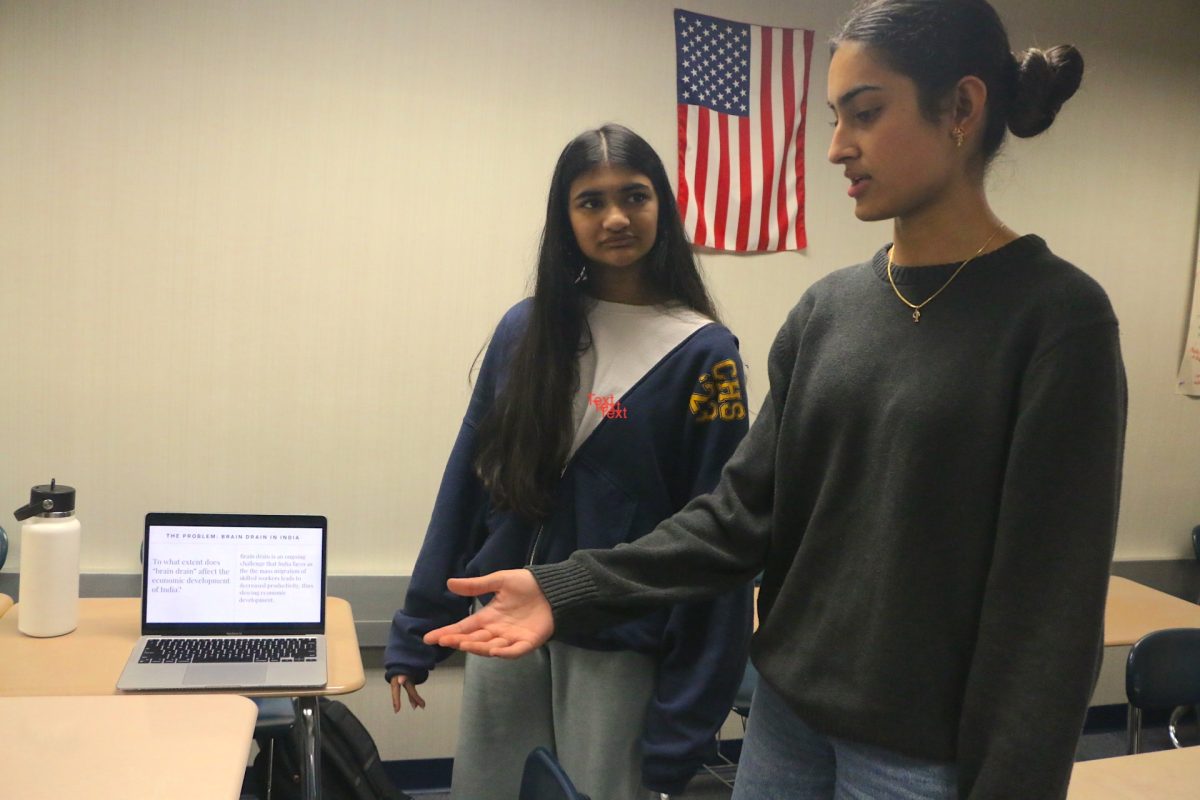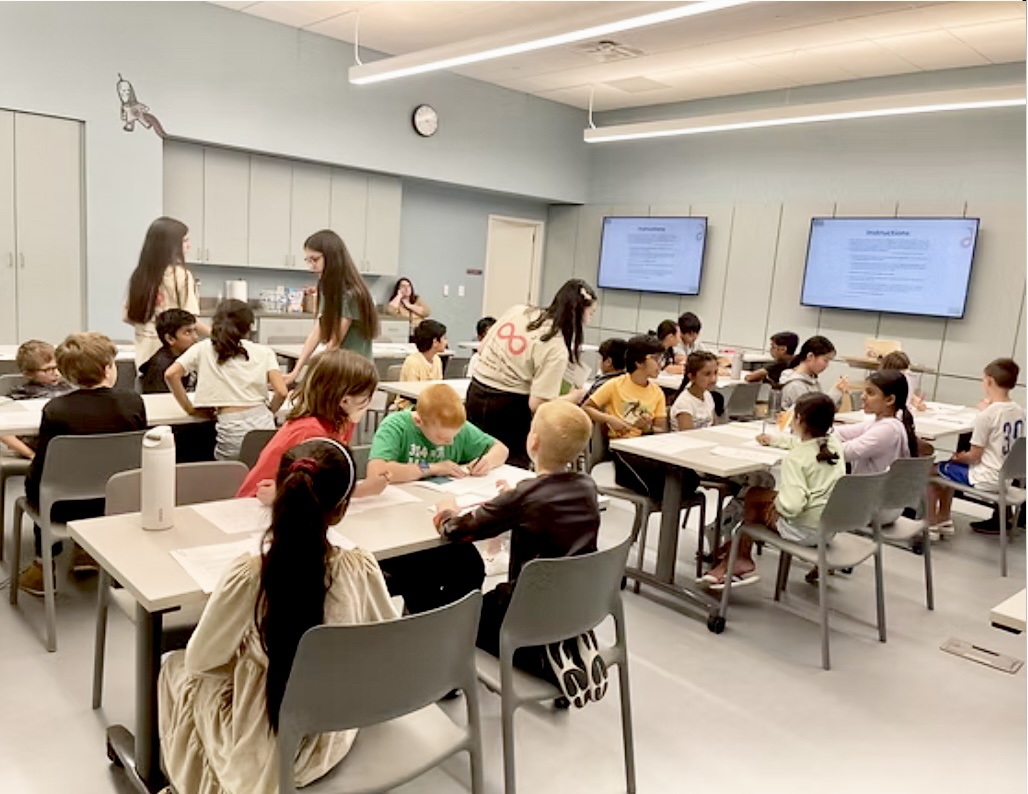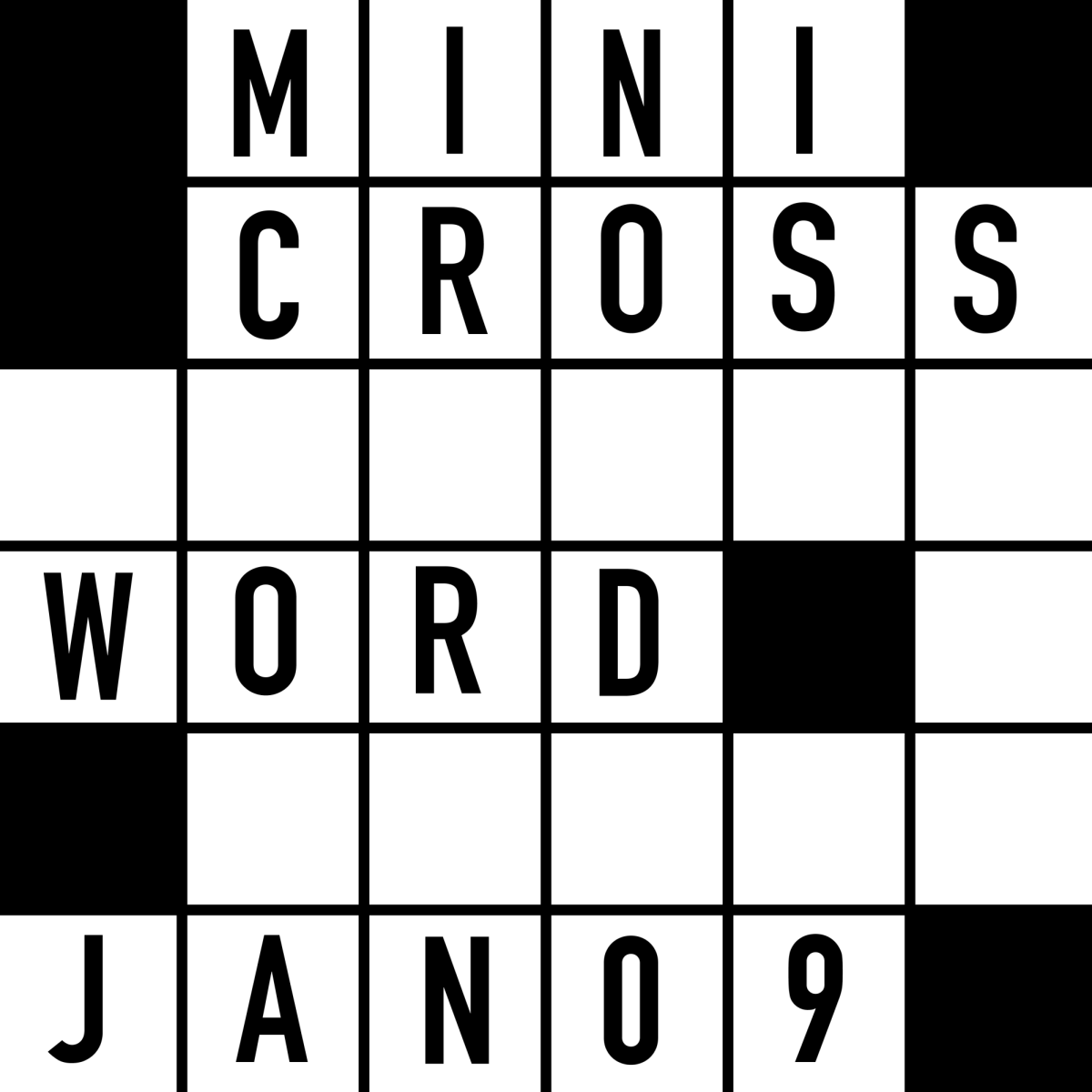When junior Alex Isler purchased her first smartphone in June, she did not expect an array of side effects to come along with the Galaxy S3’s glossy screen and neat packaging. In the beginning, she was excited to upgrade from her original flip phone and join her friends on popular social media applications. However, six months later, she says,
“I’ll get headaches if I look at my screen too long, or I’ll feel higher-strung than I did (before using my phone).”
Isler’s experience with her smartphone is not an isolated incident. According to an Aug. 2013 article by MarketWatch, an organization that provides business news and analyses, there has been a 35 percent increase in the number of people with “screen sightedness” since smartphones launched in 1997. “Screen sightedness” is a term coined by doctors such as Dr. Don Lyon, Clinical professor and Chief of Pediatric Services at IU’s School of Optometry, to describe myopia, or near-sightedness, when objects in close proximity are able to be seen clearly, but far away objects are not. He believes over-exposure to phone and computer screens are to blame for the increase in eye problems.
Joseph Bonanno, Dean of IU’s School of Optometry, also attributes the rise in myopia to extended periods of near work.
He said, “It’s called near work because prior to small entertainment systems, the only people who focused up close for extended periods of time were involved in some work, for example, monks transcribing religious texts or seamstresses (sewing cloth). Lots of studies point to extended periods of near work during childhood as a cause of myopia development.”
How Screens Affect Us
Phone screens emit blue light, which can negatively impact eyesight, sleeping habits and mood. According to Bonanno, intensive viewing of electronic monitors can cause visual, and in some cases, even physical fatigue.
Bonanno said, “The fatigue that follows near work is generally related to an over-stressing of the accommodative and convergence system of the eyes.”
The fatigue can also translate to short-temperedness. According to a March 2014 study by the British Broadcasting Corporation, 43 percent of people under the age of 25 experience genuine anxiety when they cannot check their phone when they want to. People rarely spend time away from their cellular devices, so when the choice is taken away, the effect can either be positive or negative.
Isler finds herself on the positive end of this spectrum, rationalizing that she benefits from purposefully not being able to use her phone.
“My phone is nearly always on me, but I’m not always checking it. On average, I probably spend about 2-3 hours a day actually looking at my phone screen. I’ve noticed that the more time I spend on my phone, the more irritable and grumpier I’ll feel. But like, when I’m at summer camp and we aren’t allowed to have our phones, I always feel a lot happier and less nervous,” she said.
Lyon believes that strained eyesight has a more detrimental effect than mood changes do. He said, “If you have an underlying vision problem and you add hours of electronic usage to already bad eyes, then that’s a recipe for disaster.”
“People get headaches and blurred vision after using their devices because they try to look at a very small font size for a long period of time,” he said. “Your eyes just aren’t used to, and aren’t made for, working that hard,” Lyon said.
How to Combat Effects
Bonanno believes that visual hygiene is important to maintain and protect from an early age. According to him, the inclusion of outside activities is the best way to counteract eye exhaustion.
“Adults and young people alike should find time they can dedicate to activities away from electronics: and spend that time without an iPhone in hand. It’s not healthy to spend hours on games and apps that don’t mean anything,” he said.
However, those with poor eyesight and who are prone to overusing their phones are not lost.
Bonanno said, “Visual fatigue can be corrected with contact lenses or prisms prescribed by optometrists.” Isler follows this trend. She has been wearing corrective contact lenses since 6th grade: Years prior to middle school, she had 20/20 vision.
“My needing contacts might have been just because I’m getting older, but my prescription has kept on gradually going up. Spending so much time on my phone everyday definitely hasn’t helped my vision,” she said.
Holding electronic devices farther away from ones eyes is another way to prevent visual damage. According to Lyon, everyone has a natural working distance that books and phones should be held at from ones face. He believes that following this spacing rule is a convenient way to prevent excessive eye wear.
“Working distance is the space from the wrist bone to the elbow,” Lyon said. “The typical working distance for teenagers and adults is between 33 and 40 centimeters. It’s the most natural way of gauging if you’re making your eyes work too hard. People can easily become more mindful of their eye health if they notice the little things and restrain themselves from spending too much time on their phones.”






























![Keep the New Gloves: Fighter Safety Is Non-Negotiable [opinion]](https://hilite.org/wp-content/uploads/2024/12/ufcglovescolumncover-1200x471.png)














































![Review: “Transformers One” is a refreshing and exciting addition to the franchise [MUSE]](https://hilite.org/wp-content/uploads/2025/01/unnamed-3.png)
![Review: “Journals” is the gift that keeps on giving [MUSE]](https://hilite.org/wp-content/uploads/2024/12/monkey.jpg)
![Review: “Sonic 3” does everything great from the past two movies, and arguably even better [MUSE]](https://hilite.org/wp-content/uploads/2025/01/unnamed-2-812x1200.png)
![Review: Who should have really won season 33 of "Dancing with the Stars"? [MUSE]](https://hilite.org/wp-content/uploads/2024/12/Dancing-with-the-Stars-Photo-1200x657.png)
![Review: "Wicked" is a worthy adaptation of a legendary musical [MUSE]](https://hilite.org/wp-content/uploads/2024/12/Screenshot-2024-12-23-at-6.00.53 PM-1200x793.png)
![Review in Print: Maripaz Villar brings a delightfully unique style to the world of WEBTOON [MUSE]](https://hilite.org/wp-content/uploads/2023/12/maripazcover-1200x960.jpg)
![Review: “The Sword of Kaigen” is a masterpiece [MUSE]](https://hilite.org/wp-content/uploads/2023/11/Screenshot-2023-11-26-201051.png)
![Review: Gateron Oil Kings, great linear switches, okay price [MUSE]](https://hilite.org/wp-content/uploads/2023/11/Screenshot-2023-11-26-200553.png)
![Review: “A Haunting in Venice” is a significant improvement from other Agatha Christie adaptations [MUSE]](https://hilite.org/wp-content/uploads/2023/11/e7ee2938a6d422669771bce6d8088521.jpg)
![Review: A Thanksgiving story from elementary school, still just as interesting [MUSE]](https://hilite.org/wp-content/uploads/2023/11/Screenshot-2023-11-26-195514-987x1200.png)
![Review: "When I Fly Towards You", cute, uplifting youth drama [MUSE]](https://hilite.org/wp-content/uploads/2023/09/When-I-Fly-Towards-You-Chinese-drama.png)
![Postcards from Muse: Hawaii Travel Diary [MUSE]](https://hilite.org/wp-content/uploads/2023/09/My-project-1-1200x1200.jpg)
![Review: "Ladybug & Cat Noir: The Movie," departure from original show [MUSE]](https://hilite.org/wp-content/uploads/2023/09/Ladybug__Cat_Noir_-_The_Movie_poster.jpg)
![Review in Print: "Hidden Love" is the cute, uplifting drama everyone needs [MUSE]](https://hilite.org/wp-content/uploads/2023/09/hiddenlovecover-e1693597208225-1030x1200.png)
![Review in Print: "Heartstopper" is the heartwarming queer romance we all need [MUSE]](https://hilite.org/wp-content/uploads/2023/08/museheartstoppercover-1200x654.png)



